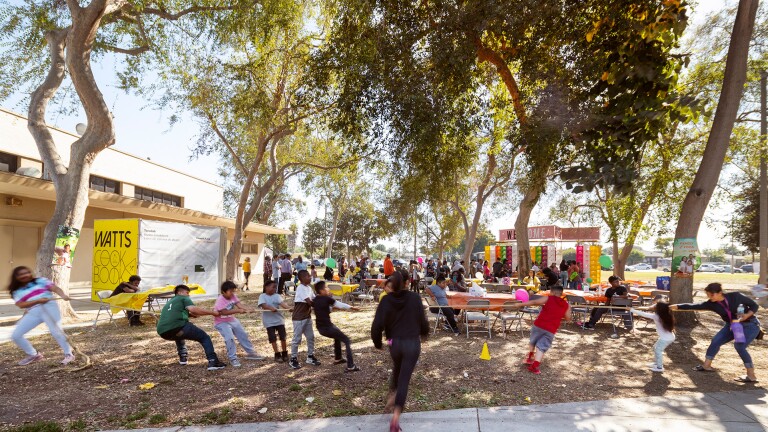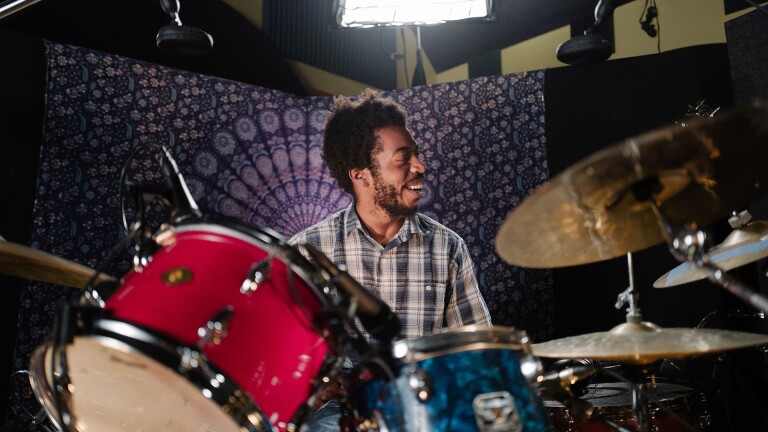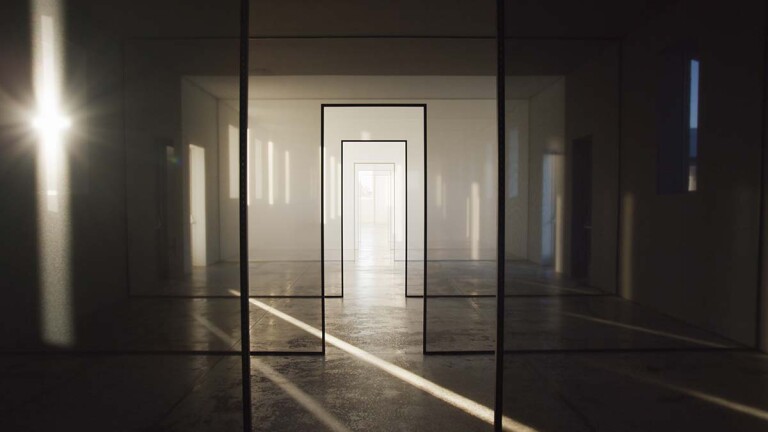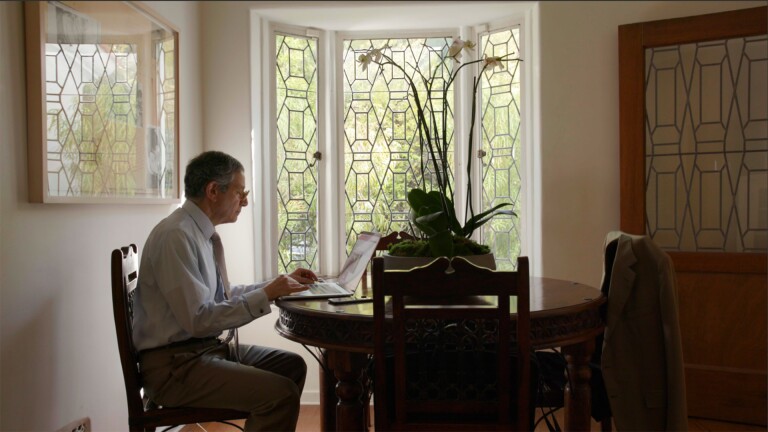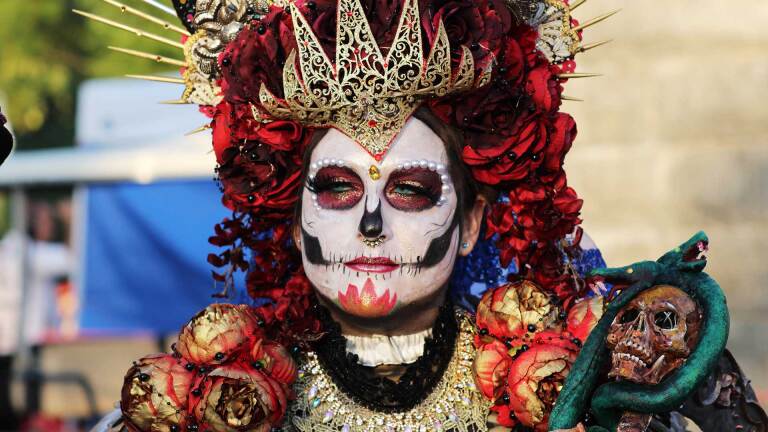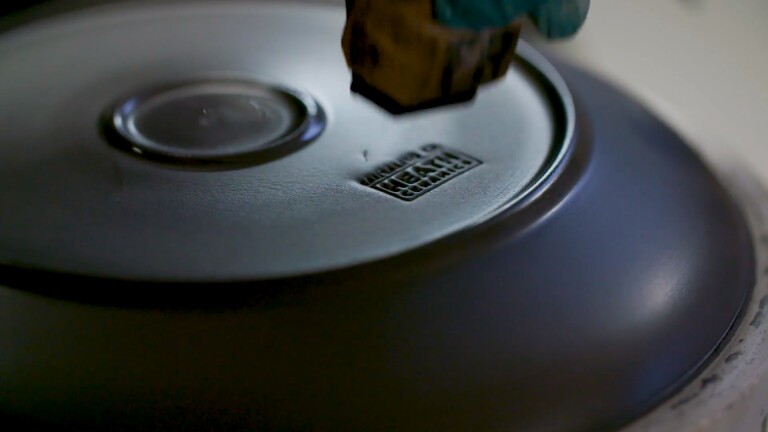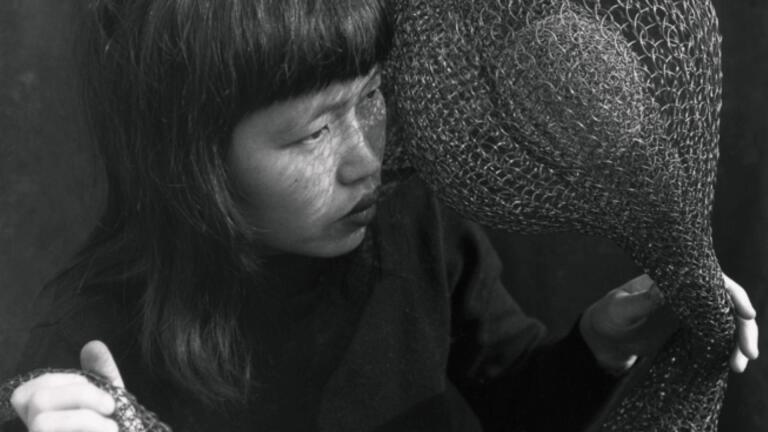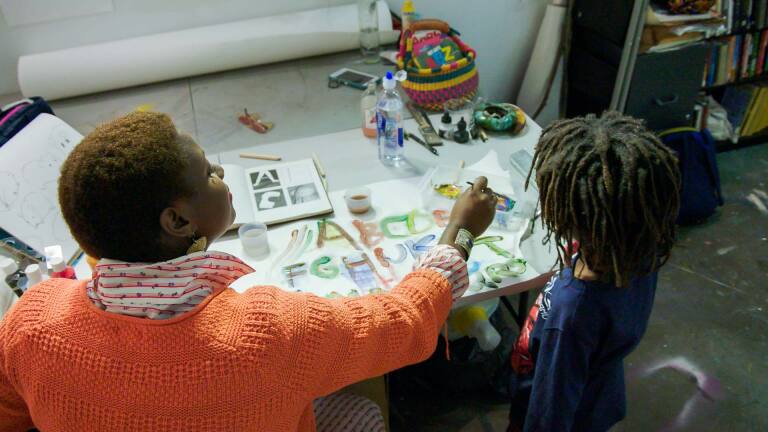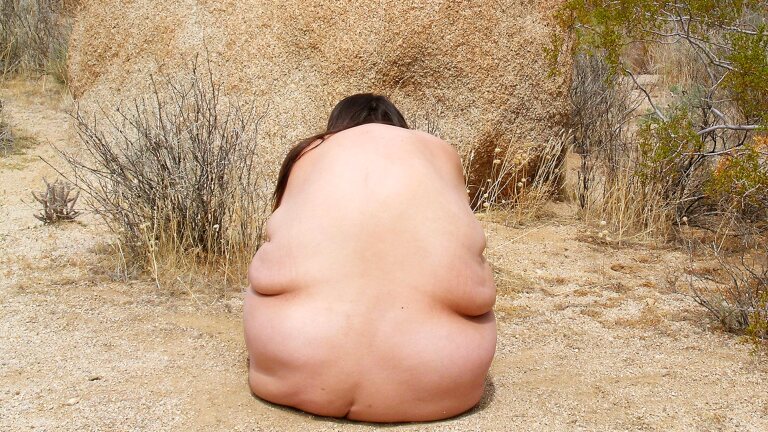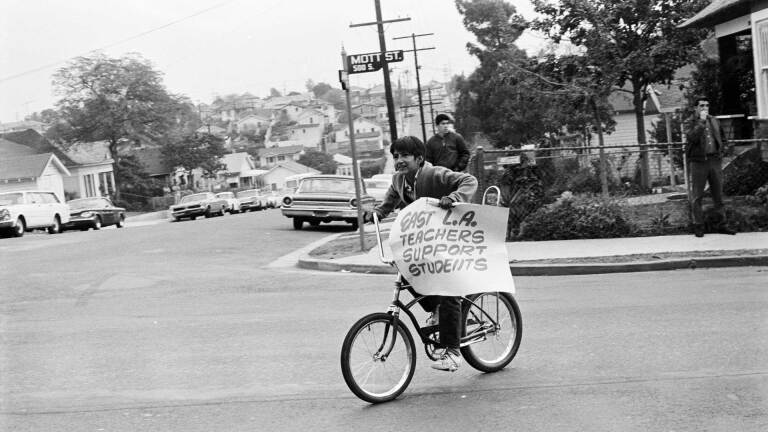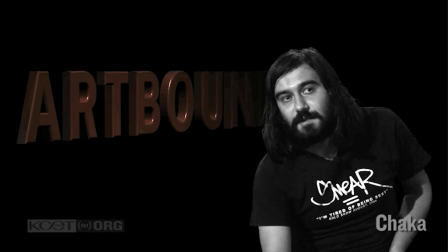Chicano Batman: Not Another Band from East L.A.
Chicano Batman is the sound of local Latino music in the 21st century. In 1993, when Los Lobos released the now classic "Just Another Band from East L.A.," the band was paying homage to -- and locating themselves within -- the legacy of Chicano and Mexican music coming from "East Los" going all the way back to icons like Lalo Guerro and legions of other more anonymous working musicians. Twenty years, later East L.A. is still an important hub of Chicano/Latino culture in Los Angeles but the cultural map of music making has also significantly shifted. Suburban sprawl, real estate prices and the changing nature of the Latino community have all contributed to a re-mapping of Latino L.A. Today, that map would have to include the San Fernando Valley, east through the San Gabriel Valley to the Inland Empire, the south harbor communities west through South L.A. and spilling over into North Orange County. Add to this the growing diversity of the Latino community as Central Americans, new generations of Mexicans and other Latin Americans have immigrated to the greater Los Angeles area. Plus, identity politics are also in flux as national identities meet ethnic constructs such as Chicanismo and Latinidad.
Chicano Batman -- comprised of Bardo Martínez (vocals/keyboard/guitar), Eduardo Arenas (bass), Gabriel Villa (percussion) and Carlos Arévalo (guitar), exemplifies this new geographic and cultural reality. Only one member, Eduardo Arenas, grew up in East L.A. The band, the brain child of lead singer Bardo Martínez began to form at a fundraiser for KPFK's Soul Rebel Radio where he met Arenas and bonded with him over a similar interest in the music of Caetano Veloso and the tropicalia movement. Drummer Gabriel Villa who emigrated from Colombia to the U.S. at the age of eighteen met Bardo at a show for cumbia group Very Be Careful. Guitarist Carlos Arévalo met Martínez through mutual friends in local music scenes and eventually joined the band in 2010.They were brought together by music not geography.
The band simultaneously exists in the local and transnational spaces of Latino music, a sonic space of past, present and future Latina/o sounds reaching for something new. The band is in tune to local eastside musical histories dominated by Chicano bands but also in tune with Latin American and South American sounds that echo the band mates' diverse interests and personal histories. Bardo is half Columbian, half Mexican, Eduardo is Mexican-American, Gabriel is Columbian and Carlos is of Salvadoran and Mexican descent. More importantly, the band claims, is their shared musical eclecticism that is heard in the bands mix of funk, R&B, Latin soul, bossa nova, psychedelia and pop.
